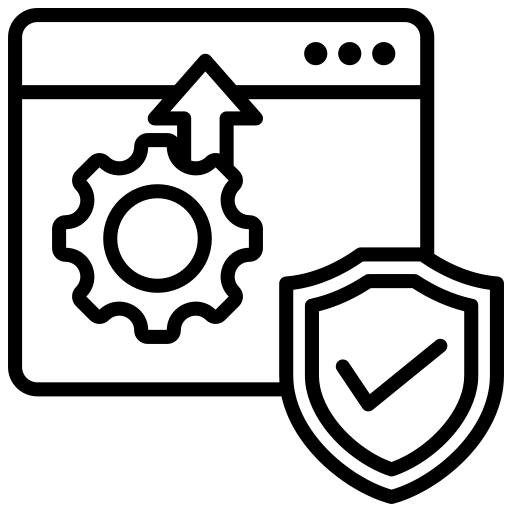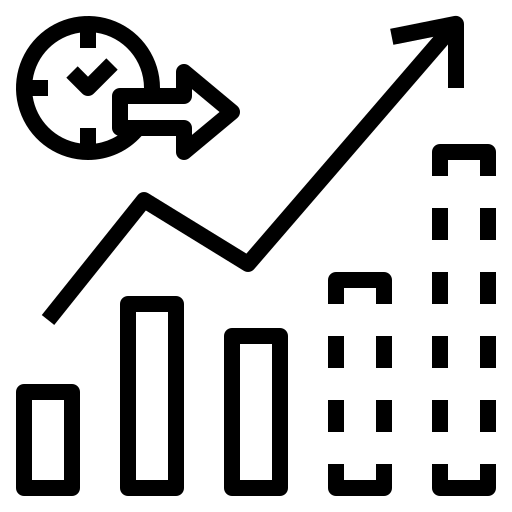Introduction to Application Upgrade
Application Upgrade is crucial for maintaining the performance, security, and functionality of software systems. This service involves updating existing applications to newer versions, integrating the latest features, and ensuring compatibility with modern technologies. Upgrading applications helps organizations leverage new capabilities, improve user experience, and stay competitive.
Core Features of Application Upgrade
Current State Assessment
- Comprehensive evaluation of the existing application, including architecture, performance, and security.
- Identification of outdated components, dependencies, and potential risks.
Upgrade Strategy
- Development of a detailed upgrade roadmap, outlining the steps, timeline, and resources required.
- Prioritization of critical features and functionalities to be upgraded.
Compatibility Analysis
- Assessment of compatibility with new versions, operating systems, and hardware.
- Identification of potential integration challenges and dependencies.
Code Refactoring and Optimization
- Refactoring legacy code to improve performance, maintainability, and scalability.
- Optimization of code to leverage modern programming practices and standards
User Interface (UI) and User Experience (UX) Enhancement
- Redesign of the application’s UI to provide a modern, intuitive user experience.
- Implementation of responsive design for compatibility with various devices.
Feature Enhancement
- Integration of new features and functionalities available in the latest version.
- Customization and enhancement of existing features to meet evolving business needs.
Data Assessment and Cleansing
- Evaluation of existing data for accuracy, consistency, and completeness.
- Cleansing and transformation of data to ensure quality and relevance.
Data Migration Planning
- Development of a detailed data migration plan, including mapping of data fields and structures.
- Scheduling and coordination of data migration activities to minimize downtime.
Data Migration Execution
- Automated migration of data to the upgraded application.
- Validation and testing of migrated data to ensure integrity and accuracy.
API and Service Integration
- Integration of the upgraded application with existing APIs and web services.
- Ensuring compatibility with third-party applications and systems.
Middleware and Connectors
- Implementation of middleware and connectors to facilitate seamless integration.
- Testing and validation of integrations to ensure smooth data flow and interoperability.
Backward Compatibility
- Ensuring backward compatibility with older versions and components.
- Provision of fallback mechanisms and compatibility modes if needed.
Functional Testing
- Comprehensive testing of all features and functionalities to ensure they work as expected.
- Automated and manual testing to identify and resolve any issues or bugs.
Performance Testing
- Performance benchmarking and stress testing to ensure the upgraded application can handle expected workloads.
- Optimization of performance bottlenecks and resource usage.
Security Testing
- Security assessment and testing to identify and mitigate vulnerabilities.
- Implementation of security best practices and compliance with industry standards.
Deployment Planning
- Development of a deployment plan, including rollback strategies and contingency plans.
- Coordination with stakeholders to ensure smooth deployment and minimal disruption.
Phased Rollout
- Phased rollout of the upgraded application to mitigate risks and gather feedback.
- Monitoring and support during the initial rollout phase to address any issues promptly.
User Training and Support
- Training programs and resources to help users adapt to the upgraded application.
- Ongoing support and troubleshooting to ensure a smooth transition.
Benefits of Application Upgrade
Enhanced Performance and Scalability
- Improved application performance and responsiveness.
- Scalability to handle increased workloads and growing user demands.
Improved Security and Compliance
- Enhanced security features and patches to protect against vulnerabilities.
- Compliance with industry regulations and standards.
Better User Experience
- Modern, intuitive user interface and improved usability.
- Access to new features and functionalities that enhance productivity.
Cost Savings
- Reduced maintenance and support costs by eliminating outdated components.
- Increased efficiency and reduced downtime through optimized performance.
Future-Proofing
- Ensuring compatibility with future technologies and platforms.
- Positioning the organization for long-term success and innovation.
Our Location
B-12, B Block, Sector 2, Noida, Uttar Pradesh 201301
We will get back to you within 24 hours, or Call us everyday, 09:00AM - 04:00PM
Request a quote
Conclusion
Application Upgrade is essential for organizations aiming to stay competitive and leverage the latest technological advancements. By upgrading applications, businesses can enhance performance, improve security, and provide a better user experience. Investing in Application Upgrade not only ensures the longevity of software systems but also drives business growth and innovation.

 Sales Transformation
Sales Transformation Business Process Automation
Business Process Automation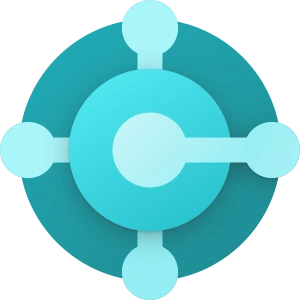 Application Upgrade
Application Upgrade Rapid Prototyping
Rapid Prototyping Product Evaluation & Assessment
Product Evaluation & Assessment Customer Service
Customer Service Power Virtual Agent
Power Virtual Agent Omni-Channel Experience
Omni-Channel Experience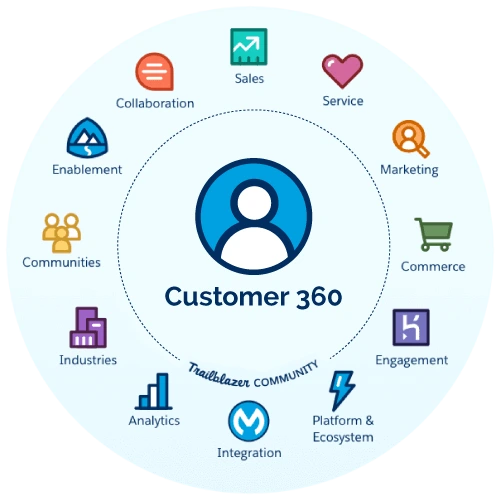 360 View of Customer Journeys
360 View of Customer Journeys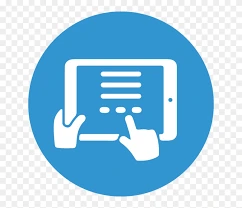 NextGen Customer Portal
NextGen Customer Portal Campaign & Marketing
Campaign & Marketing Customer Insights
Customer Insights Portal Content Management
Portal Content Management Reporting & Analytics
Reporting & Analytics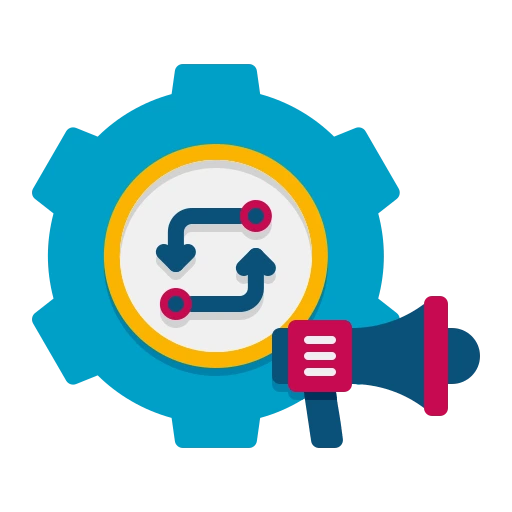 Marketing Automation
Marketing Automation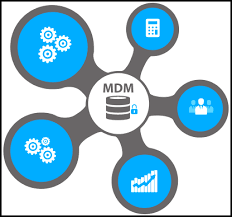 Master Data Management
Master Data Management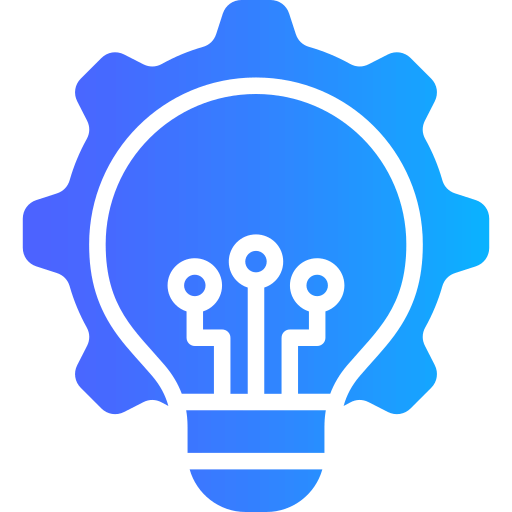 Technology Modernization
Technology Modernization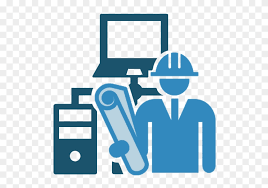 Enterprise Architecture
Enterprise Architecture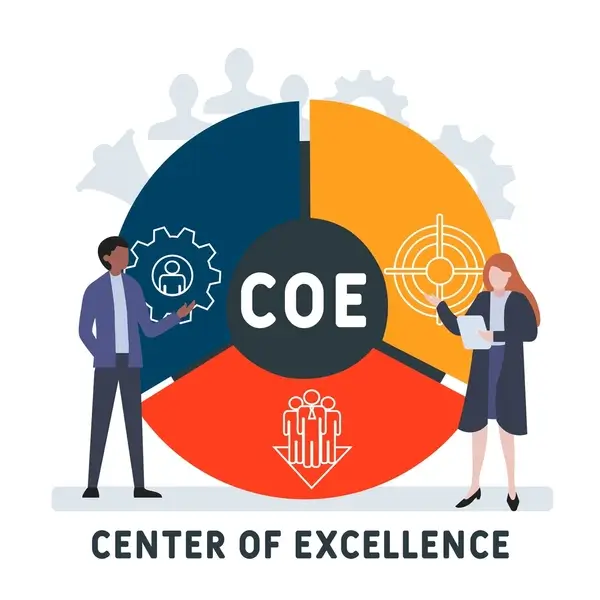 COE as a Service
COE as a Service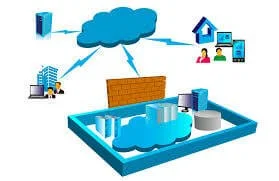 NextGen Digital Workplace
NextGen Digital Workplace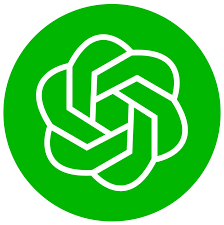 NextGen AI Features
NextGen AI Features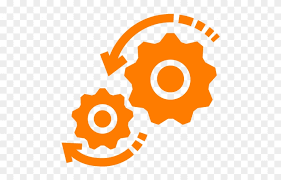 Custom Software Services
Custom Software Services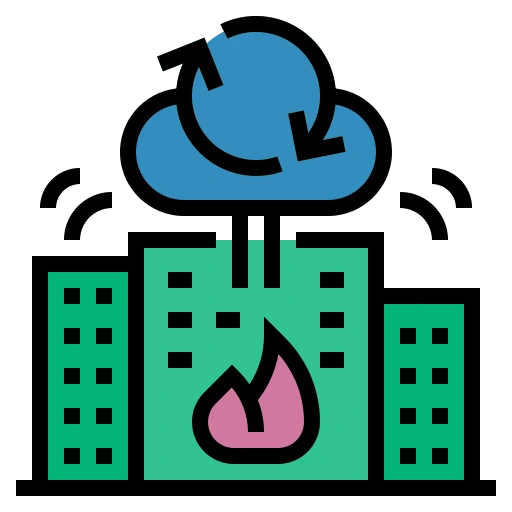 Backup & Disaster Recovery
Backup & Disaster Recovery Quality Assurance (QA Testing)
Quality Assurance (QA Testing)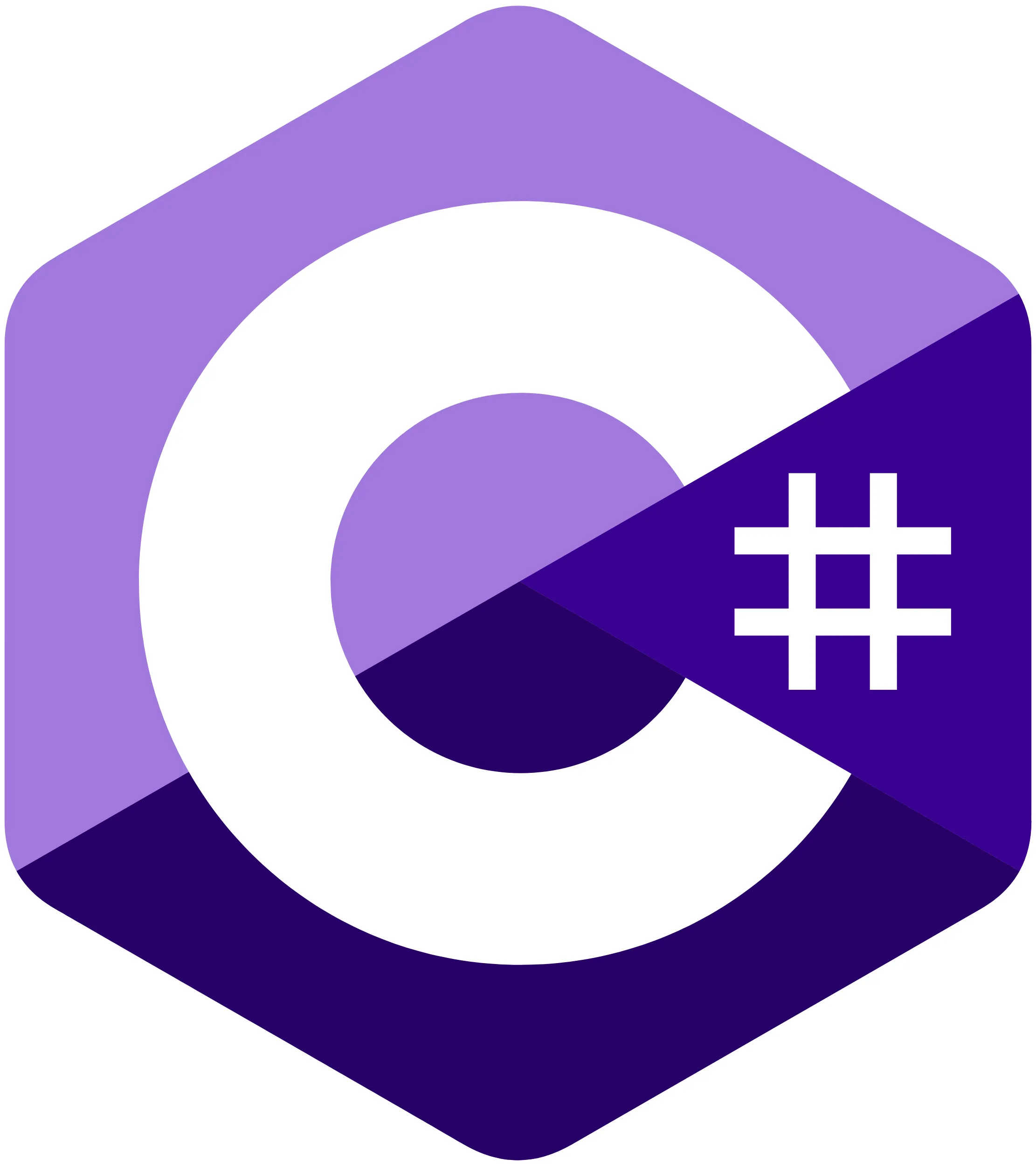 C#/.Net
C#/.Net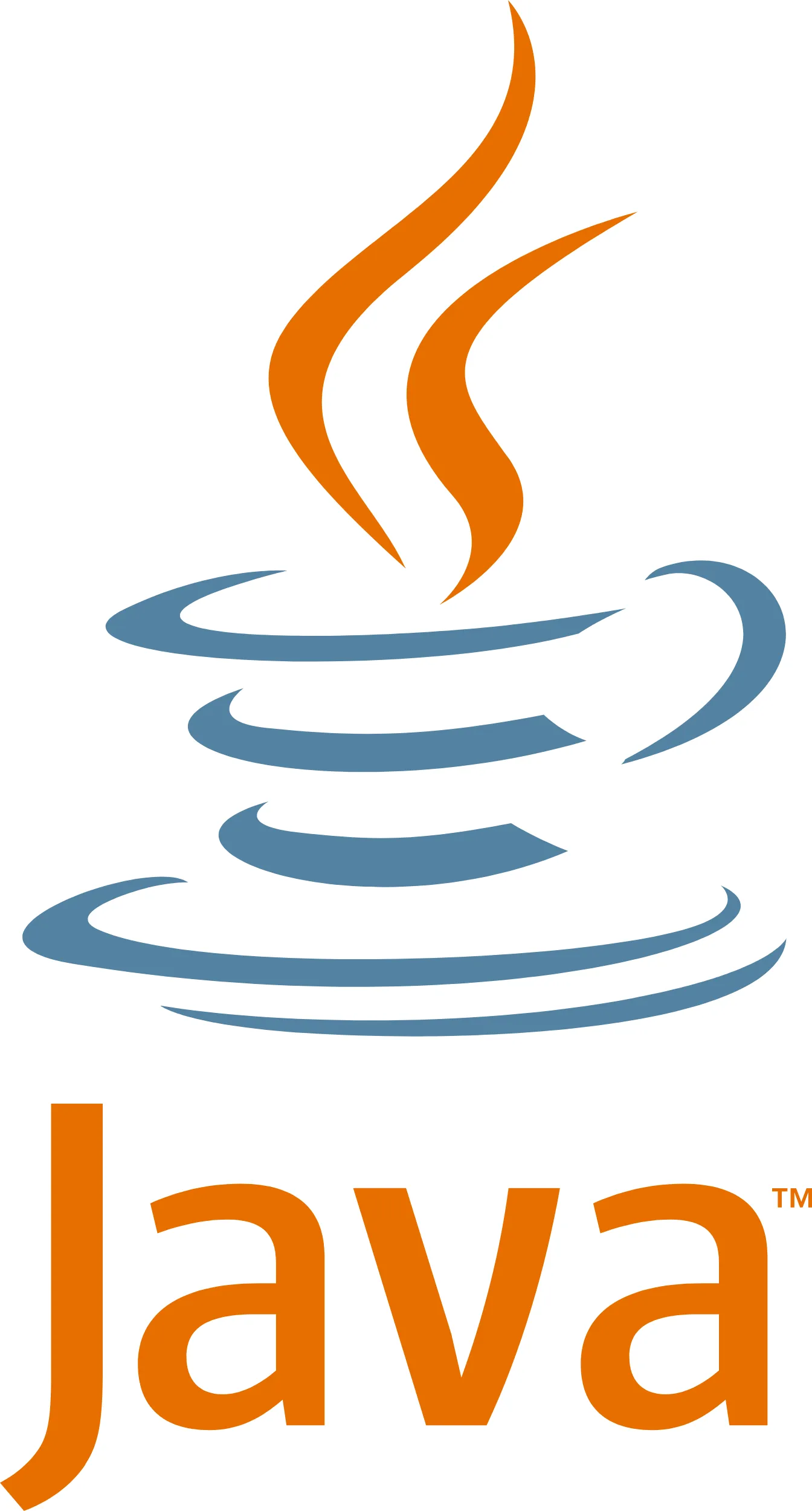 JAVA
JAVA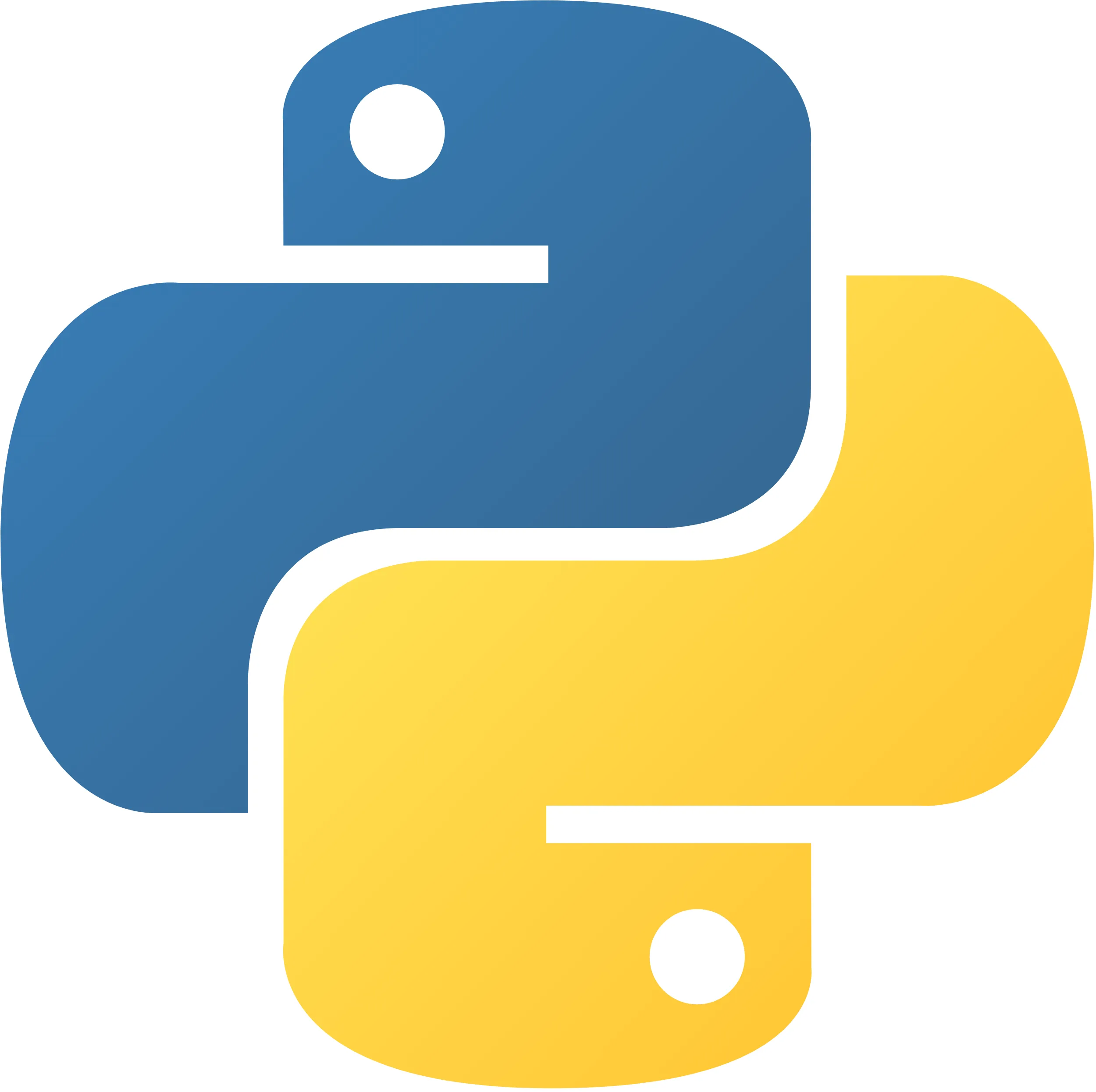 Python
Python Golang
Golang PHP
PHP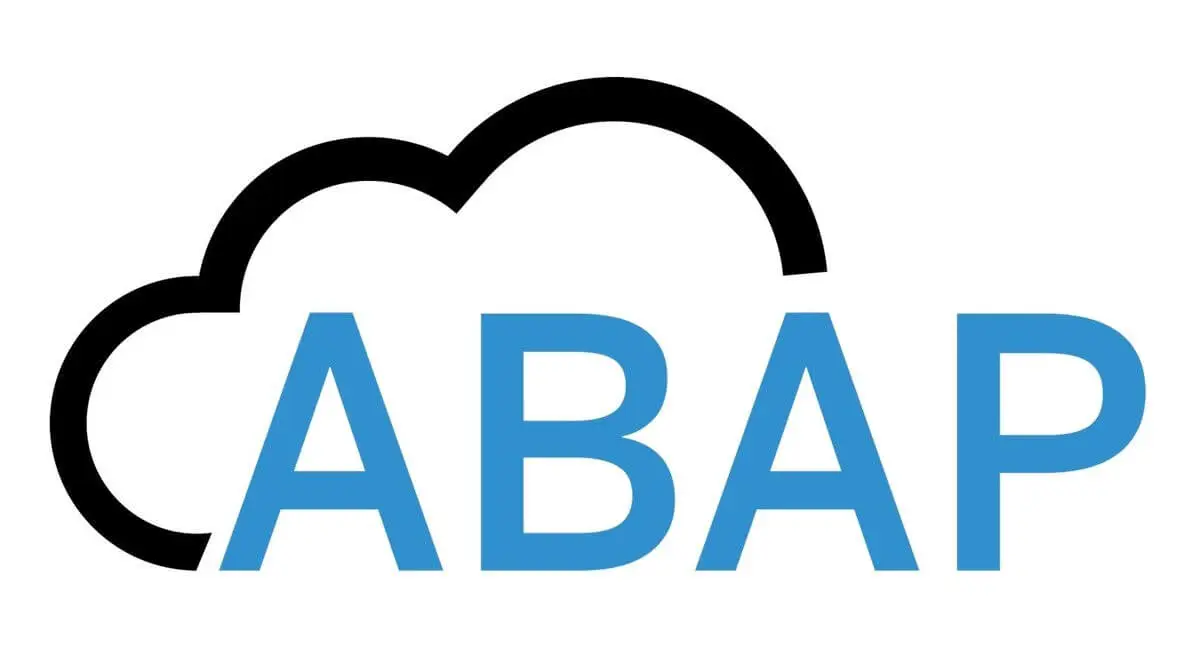 ABAP
ABAP Appex
Appex Microsoft Dynamics 365
Microsoft Dynamics 365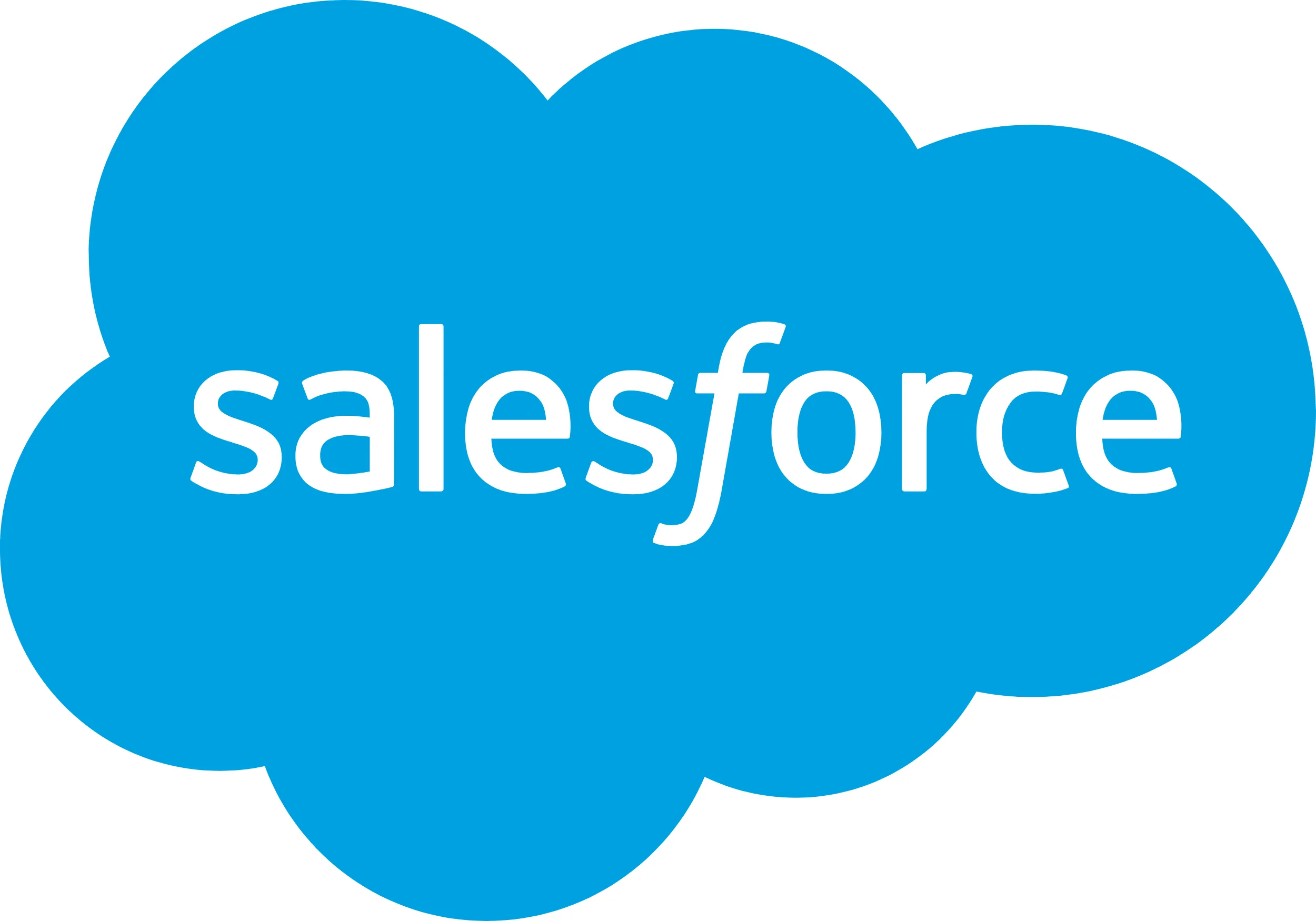 Salesforce
Salesforce Sugar CRM
Sugar CRM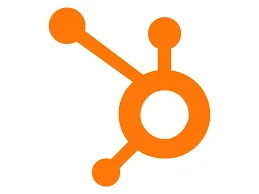 HubSpot CRM
HubSpot CRM Zoho CRM
Zoho CRM Zendesk Sell
Zendesk Sell Magento
Magento Shopify
Shopify WooCommerce
WooCommerce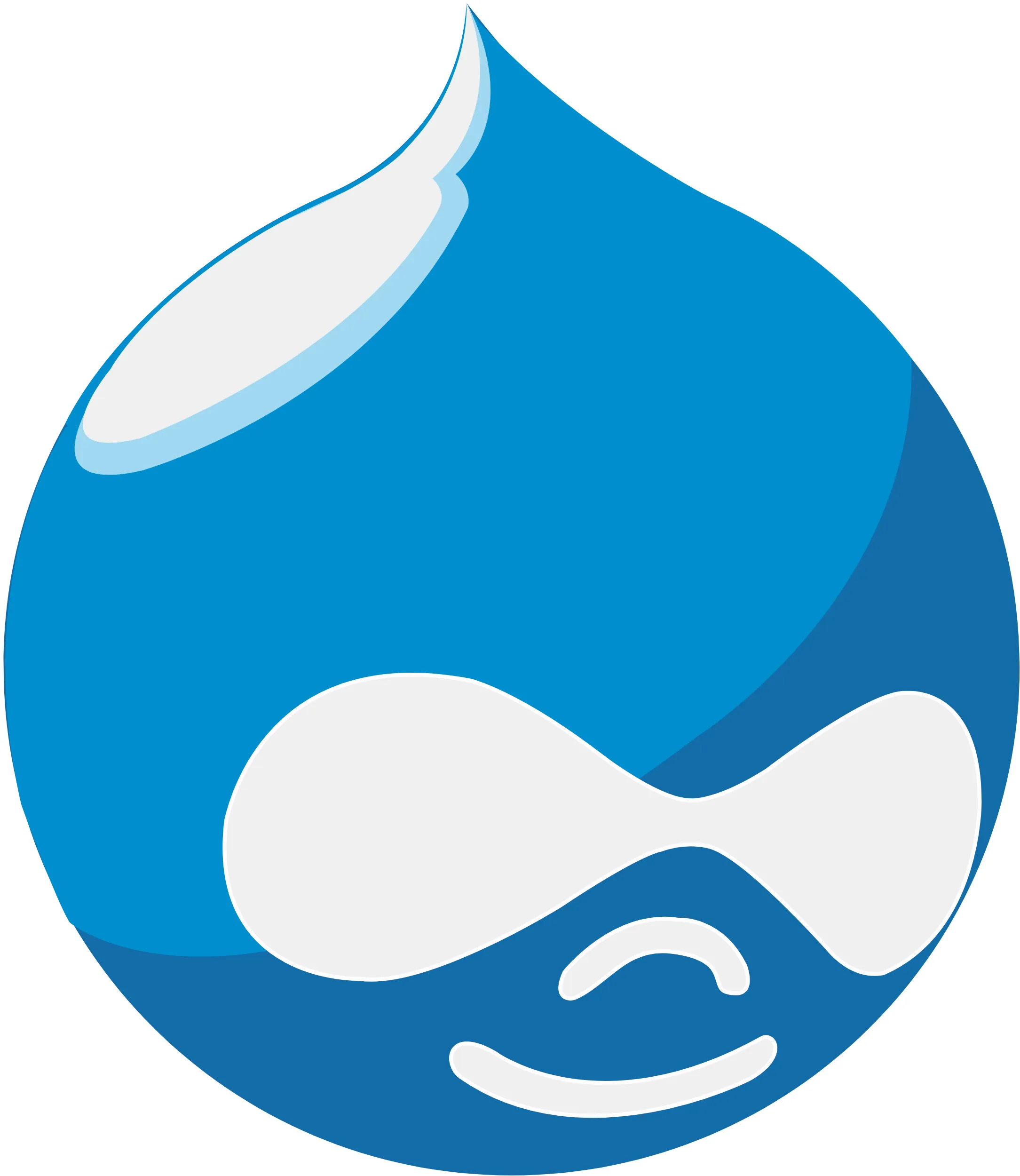 Drupal
Drupal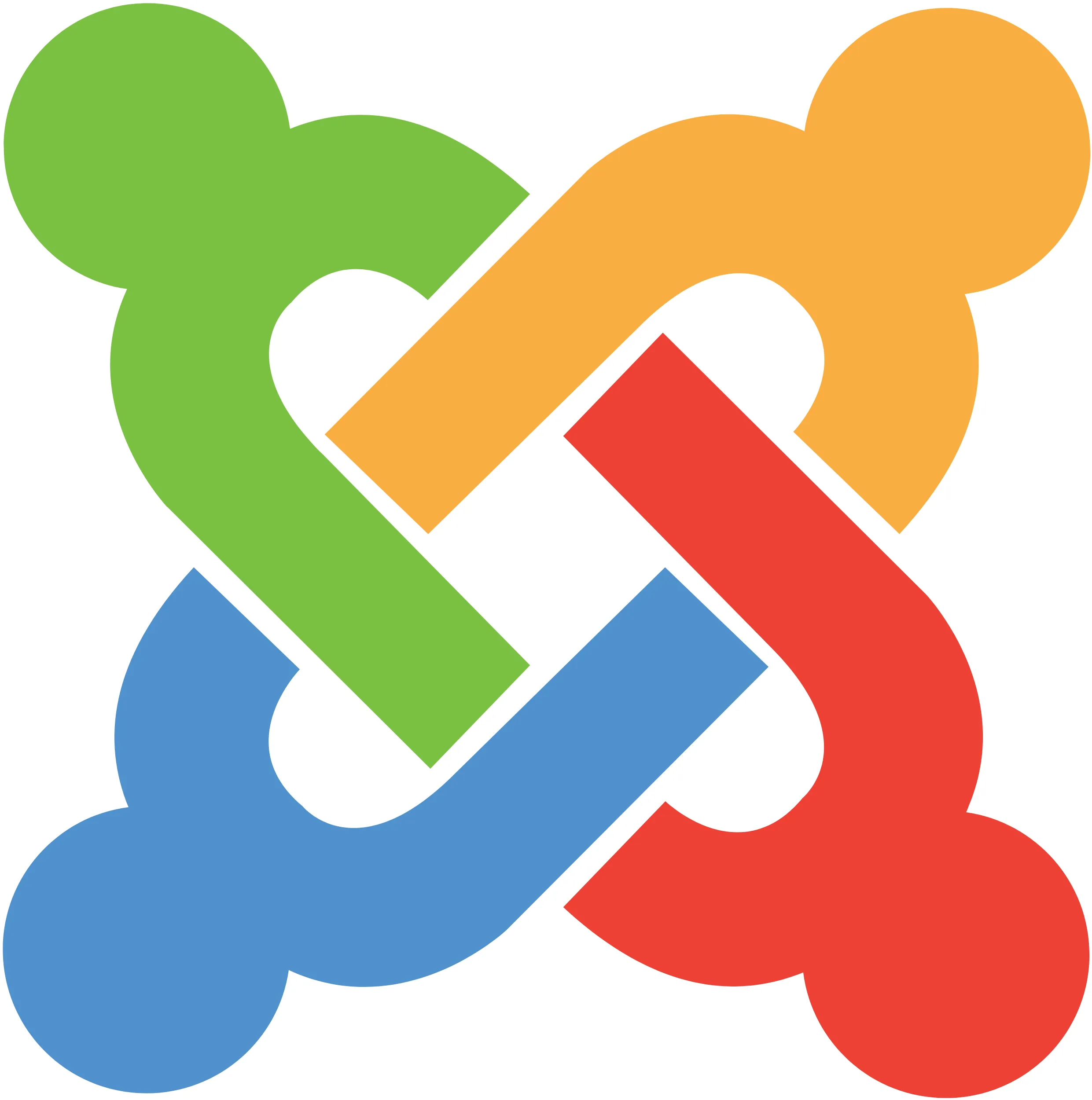 Joomla
Joomla OpenCart
OpenCart Flutter
Flutter Android App
Android App IOS App
IOS App UI/UX Designer
UI/UX Designer Vue.js
Vue.js Alpine.js
Alpine.js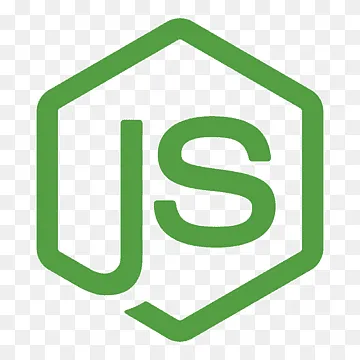 Node.js
Node.js Azure
Azure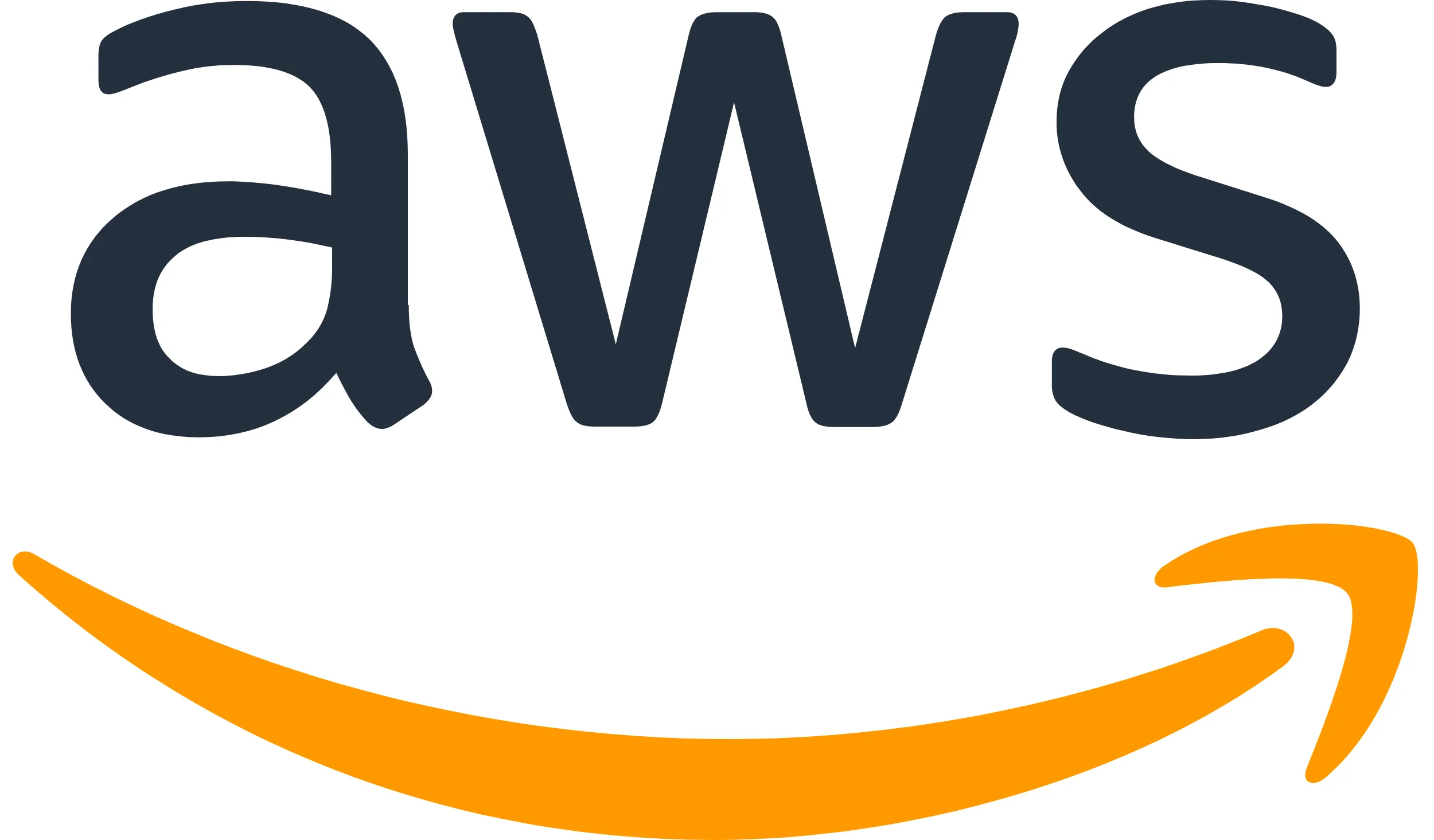 AWS
AWS Bittrex
Bittrex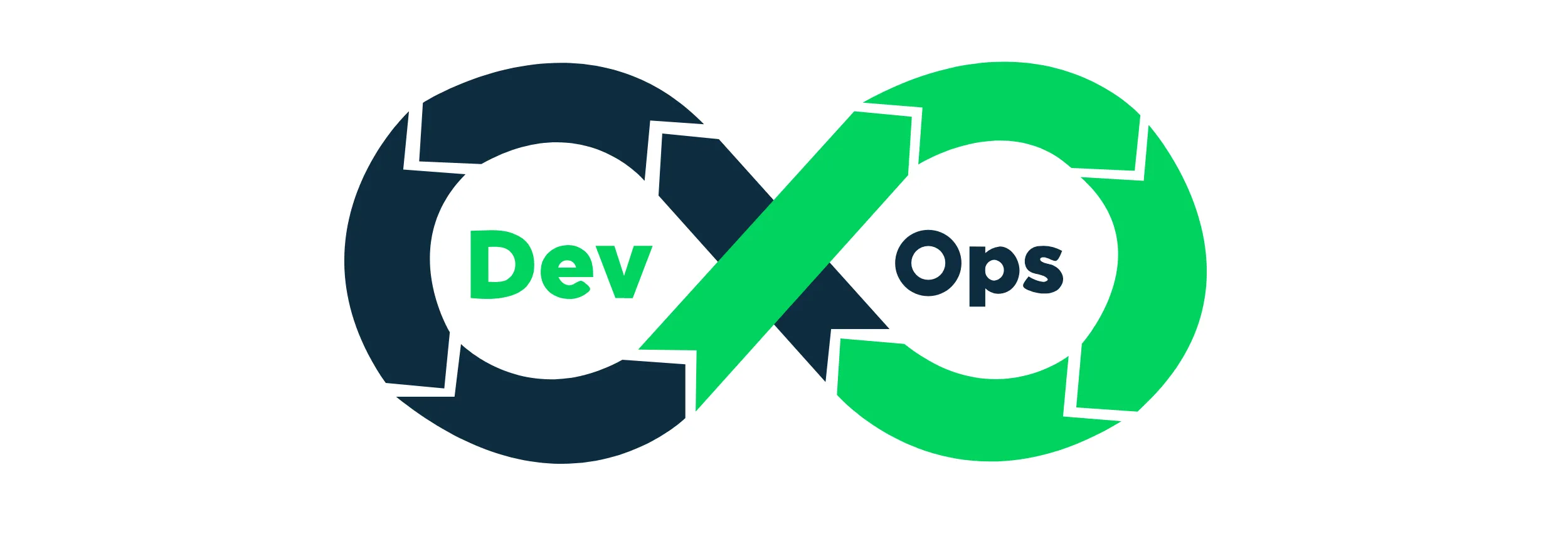 DevOps
DevOps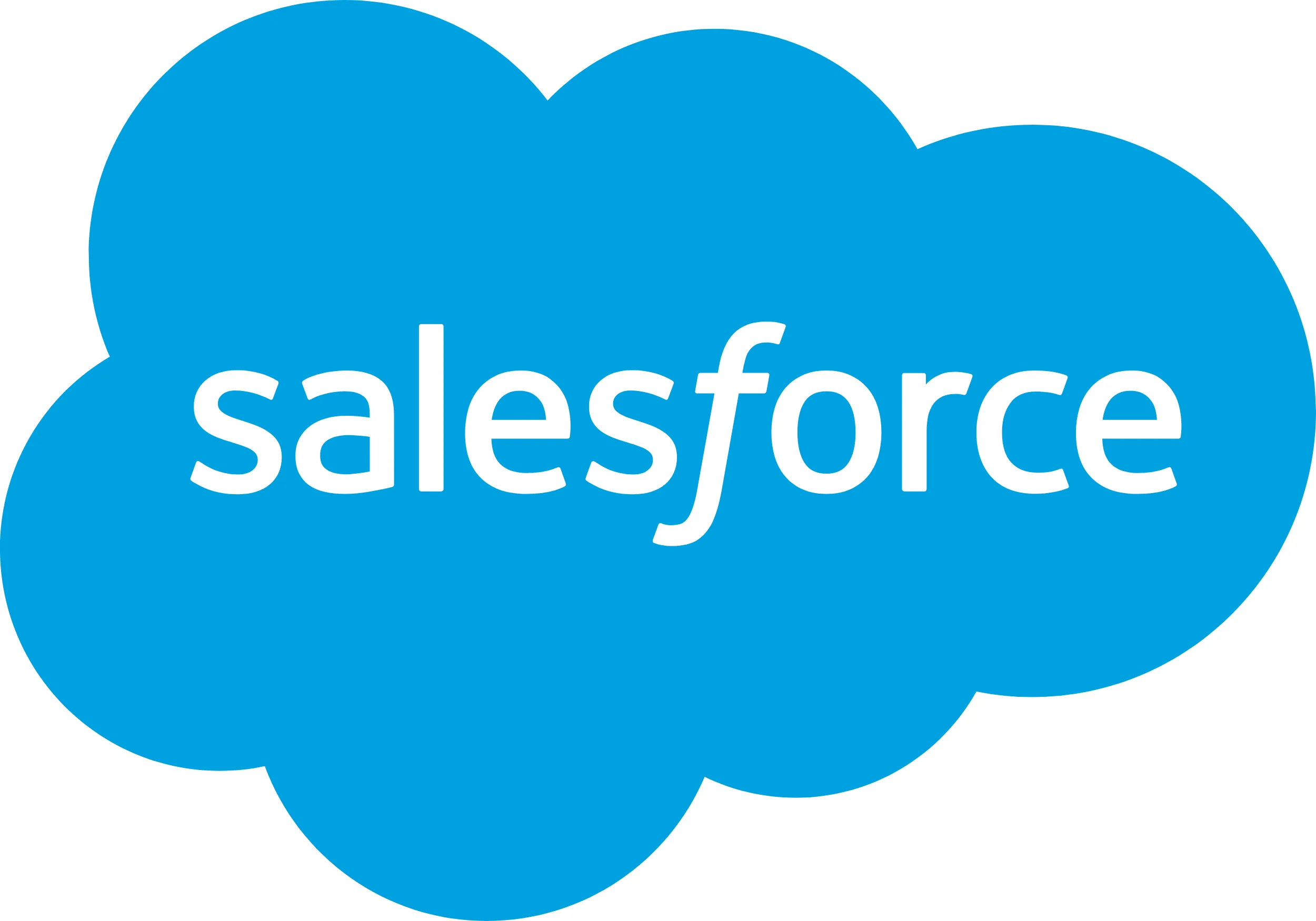 Salesforce Cloud Services
Salesforce Cloud Services Google Cloud Platform
Google Cloud Platform Oracle Cloud
Oracle Cloud Assets and Accelerators
Assets and Accelerators Solutions
Solutions Sales Cloud
Sales Cloud Service Cloud
Service Cloud Marketing Cloud
Marketing Cloud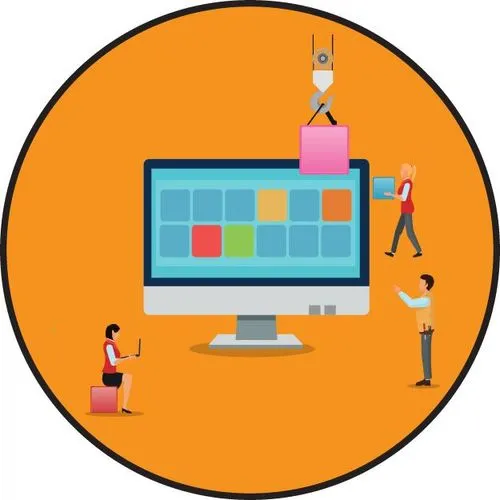 Commerce Cloud
Commerce Cloud Experience Cloud
Experience Cloud Analytics Cloud
Analytics Cloud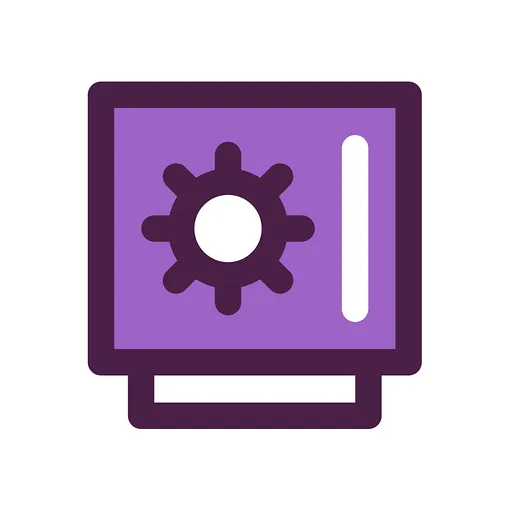 Financial Services Cloud
Financial Services Cloud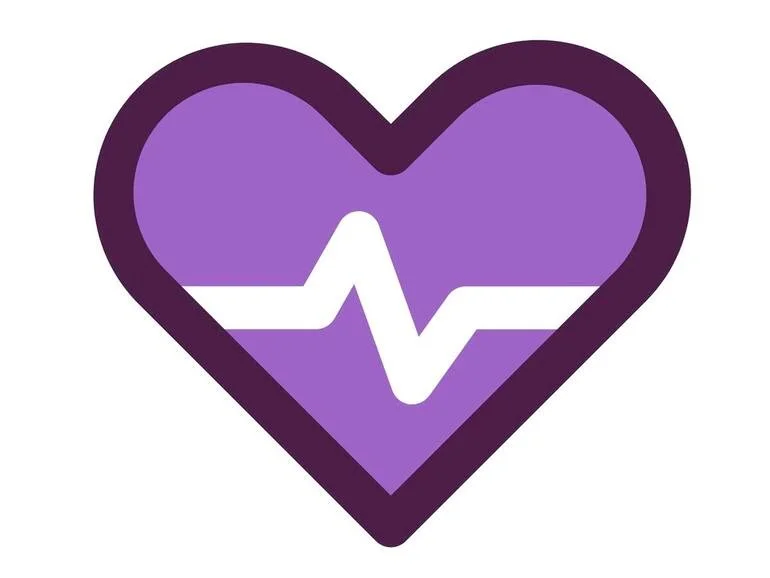 Health Cloud
Health Cloud Education Cloud
Education Cloud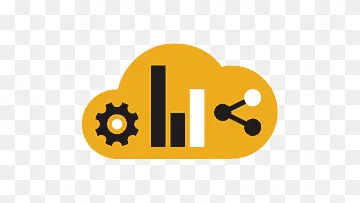 SAP Cloud Platform
SAP Cloud Platform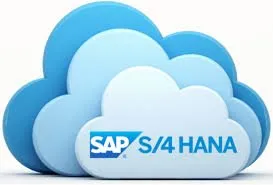 SAP S/4HANA Cloud
SAP S/4HANA Cloud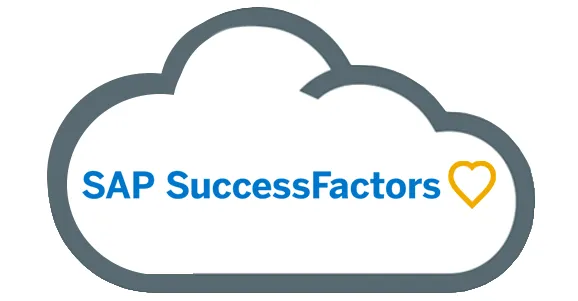 SAP SuccessFactors
SAP SuccessFactors SAP Ariba
SAP Ariba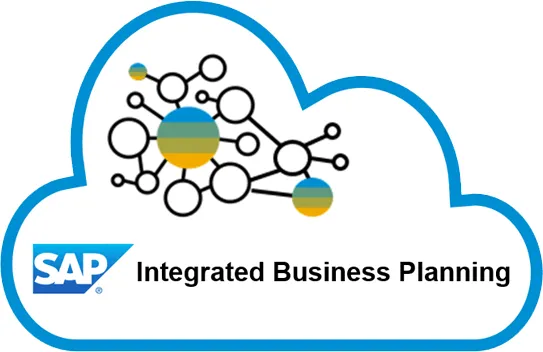 SAP Integrated Business Planning
SAP Integrated Business Planning SAP Business Technology Platform
SAP Business Technology Platform SAP Customer Data Cloud
SAP Customer Data Cloud SAP Digital Supply Chain
SAP Digital Supply Chain SAP Fiori
SAP Fiori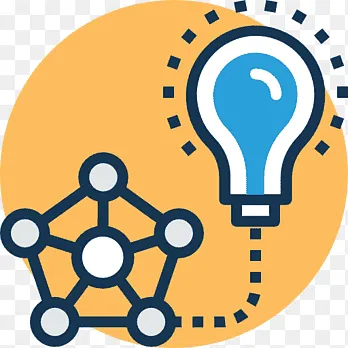 Data & Machine Learning
Data & Machine Learning Speech Services
Speech Services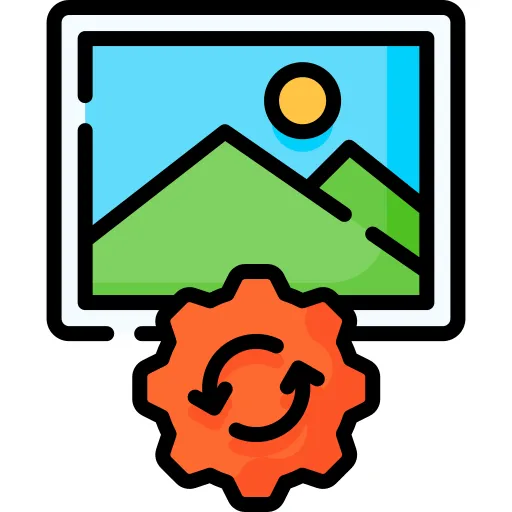 Image Processing
Image Processing Predictions & Forecasting
Predictions & Forecasting Recommendation Engines
Recommendation Engines BOTs & Virtual Agents
BOTs & Virtual Agents Customer Profiling
Customer Profiling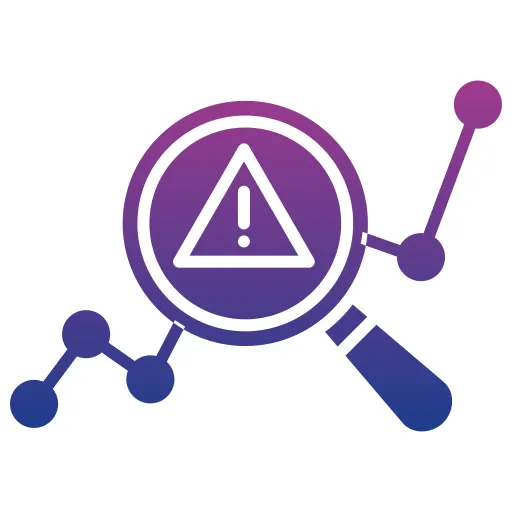 Anomaly & Fraud Detection
Anomaly & Fraud Detection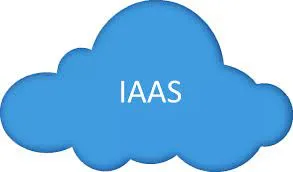 Infrastructure As A Service (IaaS)
Infrastructure As A Service (IaaS) Platform As A Service (PaaS)
Platform As A Service (PaaS)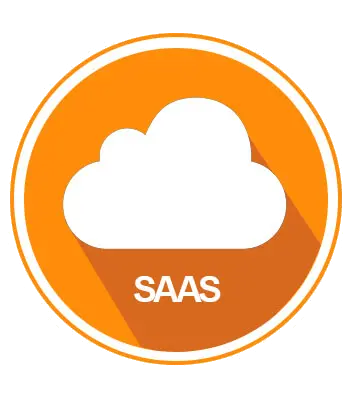 Software as a Service (SaaS)
Software as a Service (SaaS)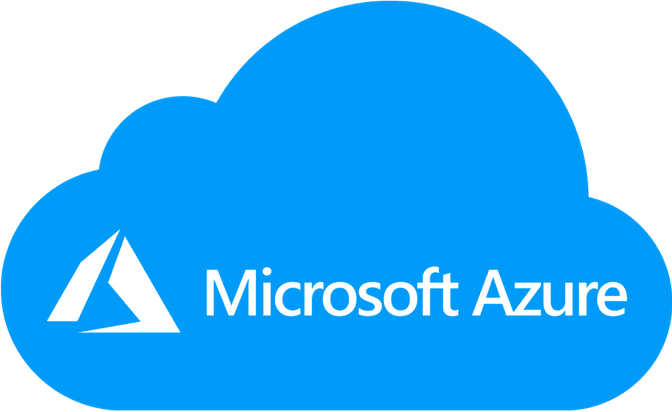 Cloud Architecture & Consulting
Cloud Architecture & Consulting Managed Services
Managed Services Enterprise Mobile Solutions
Enterprise Mobile Solutions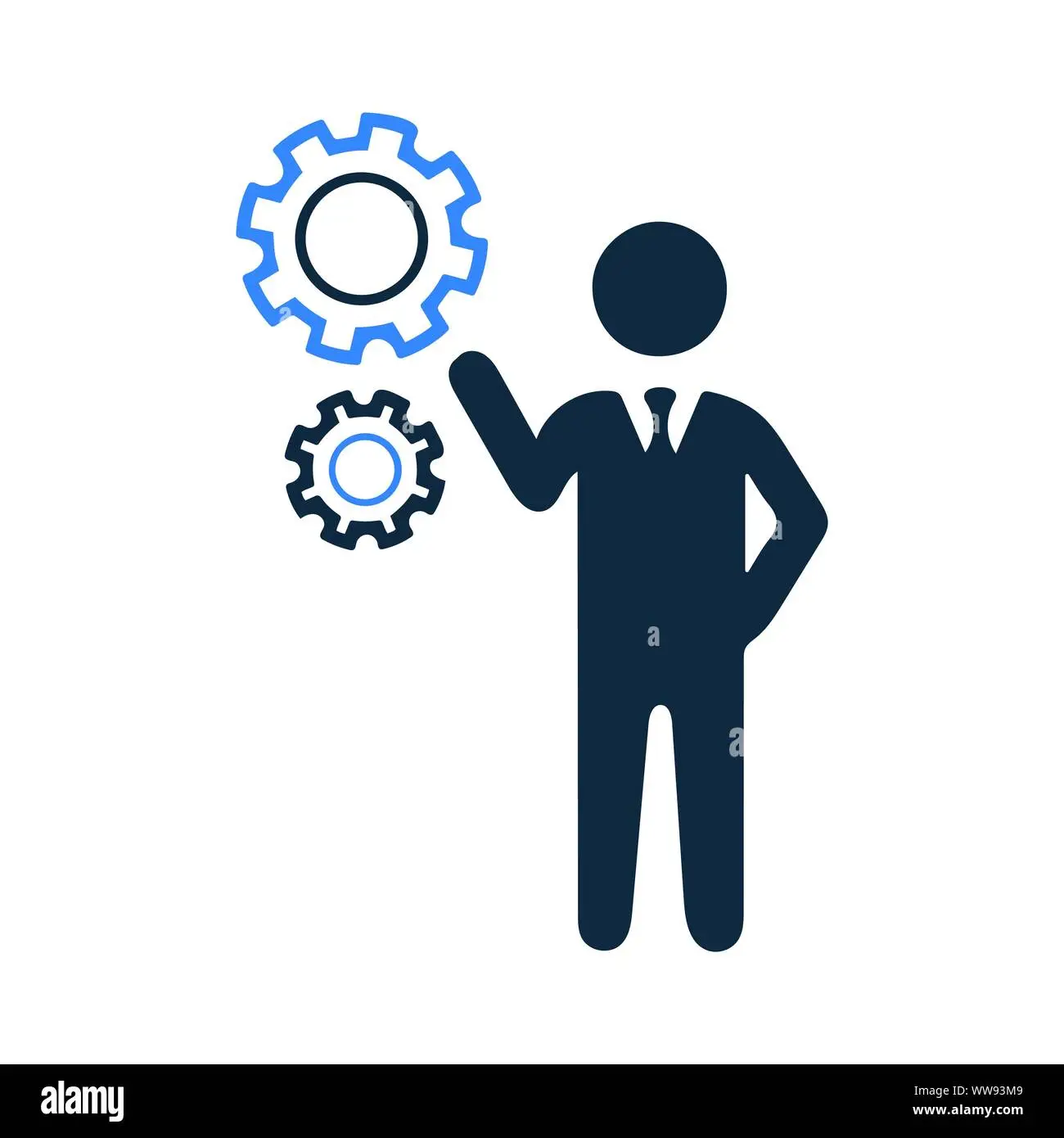 .Net Solutions
.Net Solutions Portals & Collaboration
Portals & Collaboration
